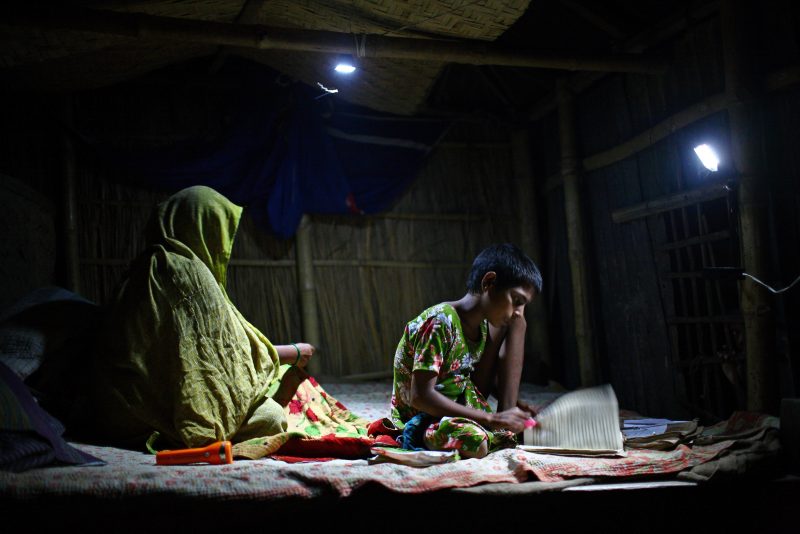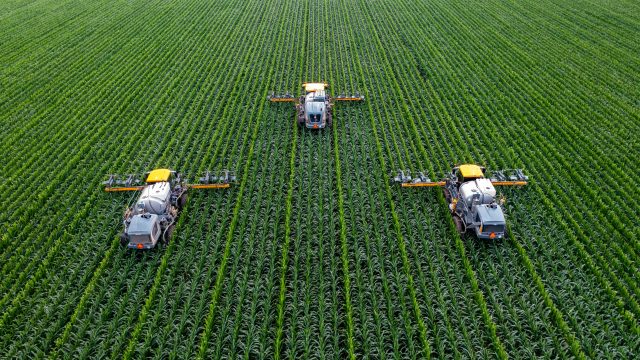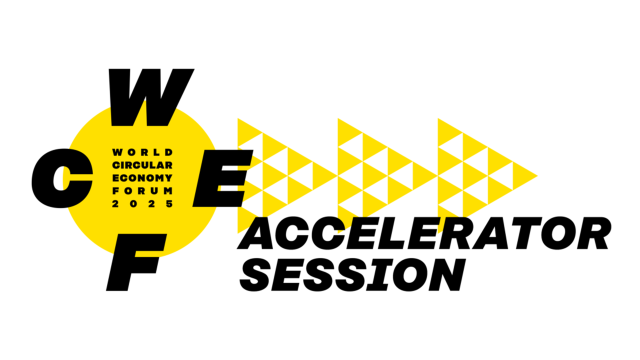
One of the poorest countries on the planet is lighting the way to a clean energy future
As evening falls in the village of Kakhun Bimile in rural Bangladesh, 33-year-old Kismat Ali switches on an electric light. Powered by a small solar panel on the sheet metal roof, the light allows Kismat and his family to read, work and study well into the evening – without the noise, pollution or fire risk of older kerosene lamps.
Kismat is just one of the 20 million Bangladeshis who are benefiting from clean electricity thanks to off-grid solar home systems. Consisting of a panel, a battery and a charge controller, the units are affordable, reliable, and powerful enough to make a huge difference in people’s lives. They’re also helping to make dirty and expensive fuels a thing of the past.
Solar at speed
It’s all part of one of the green economy’s most remarkable success stories. For the last two decades, this small and impoverished country has been at the forefront of the clean energy revolution, and now boasts the largest rural solar programme in the world.
Solar energy “has lifted up an entire generation,” says Dipal Chandra Barua, the director of Idcol, a public-private partnership that has led Bangladesh’s solar revolution. “Today everyone in Bangladesh knows about solar energy but 20 years ago, even the electrical engineers had not heard of it.”
Progress was slow at first, Mr Barua explains. To install the first 10,000 systems took 7 years. But by 2009, 10,000 systems were being installed every week; and now close to 100,000 panels are fitted a month. Access to electricity can charge phones, pump water for farming, chill food and medicines, and power equipment for businesses. And the booming solar industry has created hundreds of thousands of new jobs, with green energy centres training thousands of women to become solar technicians.
Making it happen
Several factors have helped speed this solar revolution. Bangladesh is a small, densely populated country, meaning new customers can be reached relatively easily, and strong tropical sunlight means the panels operate well all year round. But most important of all has been innovative financing plans that cater to Bangladesh’s poorest citizens.
Designed in partnership with local grass-roots microfinance institutions, such as Grameen Shakti, these credit schemes ensure that solar systems are affordable for everyone, not just the well-off. And compared to fossil fuel energy, the savings can be considerable. Islam, a farmer from the Sohagpur village, now uses solar to water his fields. “During the last season, I spent a large amount on diesel to irrigate my crops,” he explains. “Now with the solar irrigation pump, the cost has reduced by almost half.”
With the government now aiming to achieve universal electricity access in the next few years, Bangladesh’s solar revolution is a powerful example of renewables done right. Just as cell phones leapfrogged landlines in the developing world, Bangladesh is now showing that distributed solar power can leapfrog fossil energy, and bring clean power and prosperity to some of the world’s poorest citizens.
Impact
-
People
Clean, affordable energy for 20 million people
-
Planet
Dirty fossil fuels replaced with sustainable solar
-
Prosperity
+100,000 skilled jobs; energy for entrepreneurs
Find out more:
- A vital history of the scheme written by one of its founding architects, Dipal Chandra Barua
- CleanTechnica asks - why are we not shouting the Bangladeshi success story from the rooftops?
- Great article from the New York Times on the impact of clean power on the lives of ordinary Bangladeshis
- And the World Bank produced this deep dive on the project - which they helped fund
Image credit: G.M.B Akash / IIED


